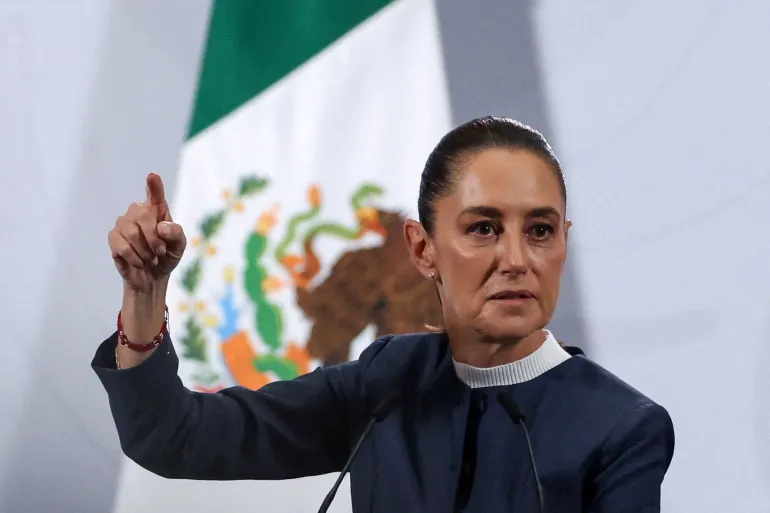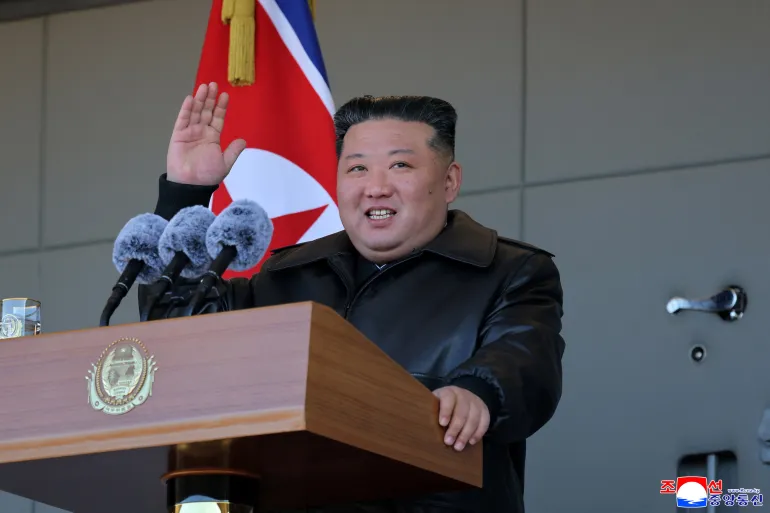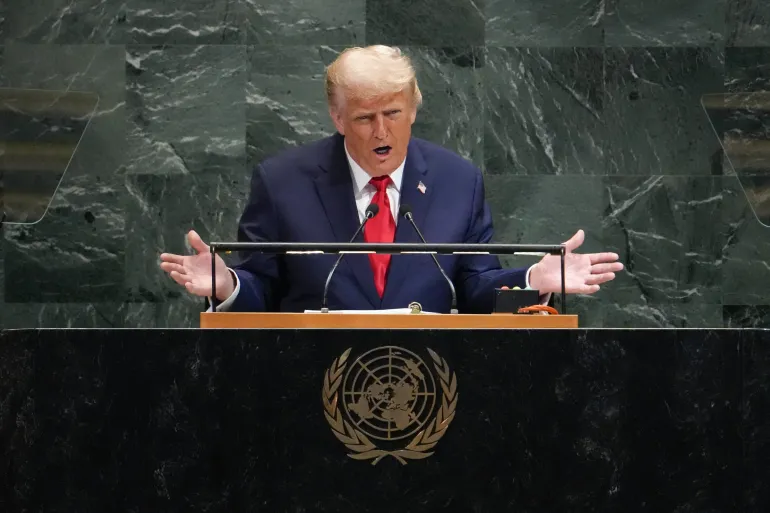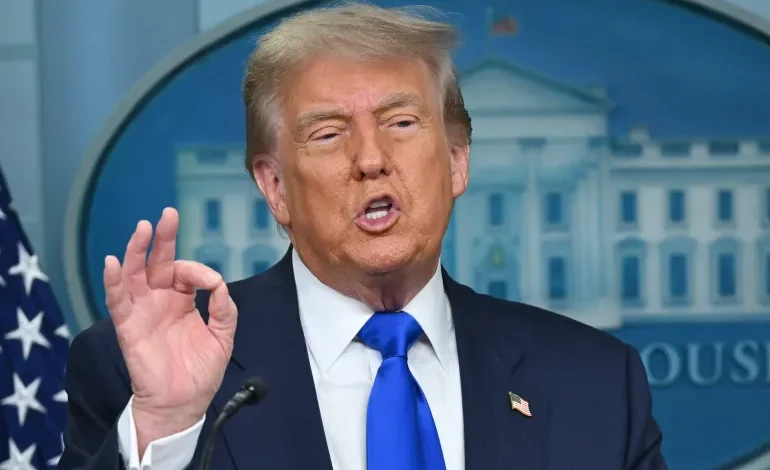President Trump has announced a new trade agreement that will impose a 20% tariff on all Vietnamese exports to the United States, while allowing U.S. goods to enter Vietnam tariff-free. The deal also establishes a 40% tariff on goods transshipped through Vietnam from third countries to curb attempts to bypass existing U.S. trade restrictions.
The agreement follows months of negotiations, with the administration initially proposing tariffs as high as 46% before settling on the current rate. Trump stated the new tariff structure aims to address the trade imbalance between the two countries while ensuring fairer terms for American producers and exporters.
Vietnam, one of the United States’ top ten trade partners, has agreed to eliminate tariffs on a wide range of U.S. exports, including agricultural products, technology equipment, and energy goods. U.S. officials described the agreement as a significant step in reducing trade deficits and strengthening domestic industries.
Financial markets responded positively to the announcement, with major indices rising amid optimism that the deal could boost American manufacturing and export opportunities. However, some analysts cautioned that higher import tariffs on Vietnamese goods could increase consumer prices for certain products, particularly in the electronics and apparel sectors.
The administration emphasized that the new tariffs are part of its broader strategy to pursue reciprocal trade arrangements with key partners while maintaining leverage in global markets. Officials indicated that similar frameworks may be pursued with other countries to ensure balanced trade relationships.
With input from Al Jazeera.










The latest news in your social feeds
Subscribe to our social media platforms to stay tuned